The pandemic has made many people become couch potatoes, sticking to our lounge sofa and not moving a muscle. The irreversible shift to the work-from-home trend has escalated this practice.
However, movement is more critical than ever with limited activities. Our bodies still need to move to stay healthy. Otherwise, you're at the risk of a lot more than only just a few pounds of fat.
Medical experts have been advising people for years to include some form of physical activity in their routine. The time has never been more vital than now to do so.
Health Benefits of Movement
Movement truly is medicine. It helps a person's body and mind in several ways, some of which are:
Weight management:
On the other hand, you burn them when you do physical work. We are all aware that if the number of calories consumed is greater than the number of calories burned, the individual gains weight.
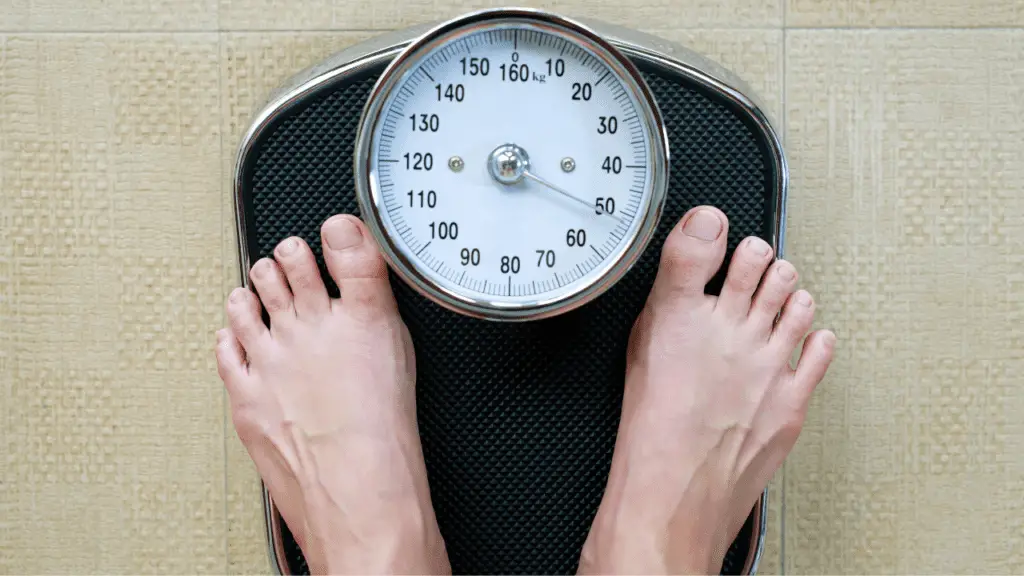
For this purpose, health experts suggest that you start implementing movement to stay healthy. Some people start exercises and physical activities to keep their weight constant.
On the contrary, others begin to lose body fat with exertion and body movement levels. But usually, you require a high level of aerobic activity to start reducing those pounds.
Hence, depending upon your personal needs, body requirements, and dietary habits, exercise can efficiently help you manage your weight.
Reduced risk of diseases:
Walking, cycling or any other physical exercise that involves movement reduces the risk of several diseases. For instance, only 150 weekly minutes of moderate physical activity reduces the risk of stroke and other cardiovascular issues.
Maintaining a high intensity of aerobic exercise lowers your blood pressure and regulates cholesterol levels significantly. In addition, regular physical activity also decreases your chance of developing metabolic syndrome and type 2 diabetes.
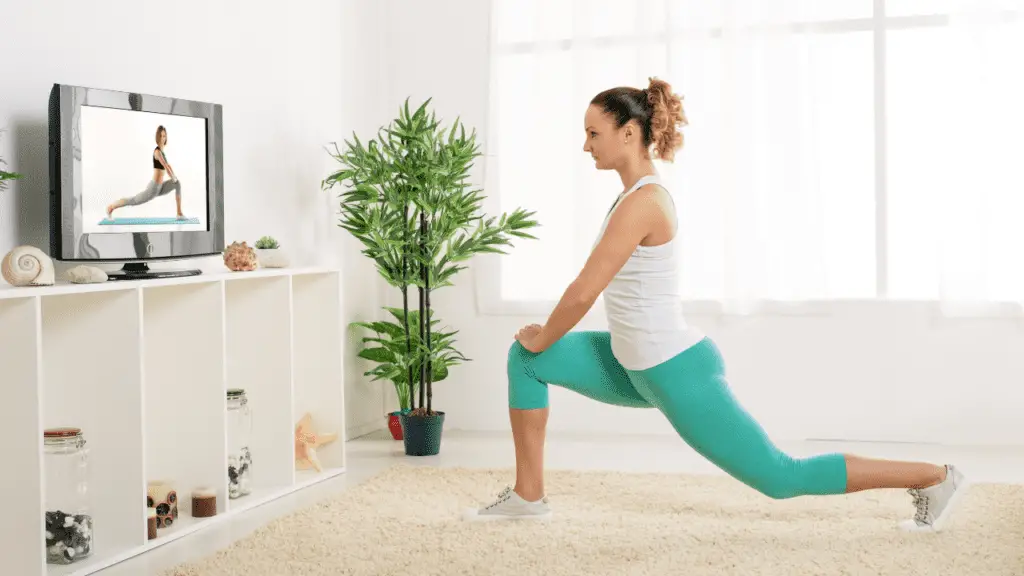
Doctors are adamant that 150 minutes a week of moderate physical exercise keep these diseases at bay. Or, if you already have diabetes, you can effectively control blood sugar levels by increasing your physical activity.
Moreover, regular aerobic movement acts as a guardian angel and shields you from several types of cancers. Those include bladder, breast, endometrium, kidneys, lungs, and stomach.
Moreover, consistent movement can improve the physical fitness of cancer survivors and enhance their quality of life.
Healthier bones and muscles:
Our bones become weak as we age. The bone density decreases significantly, and the risk of bone fracture increases. This condition is called osteoporosis. Even if you do any physical work for half an hour each day, your risk of developing osteoporosis significantly decreases.
The exercise lowers the rate at which the bones lose their density, delaying the onset of osteoporosis in older individuals. Resistance training and weights can stimulate bone-building, making them more resilient and robust.
As for muscles, who doesn't know the effect of physical exercise on muscles? After months of regular workouts at the gym, you will see a significant increase in your overall physique.
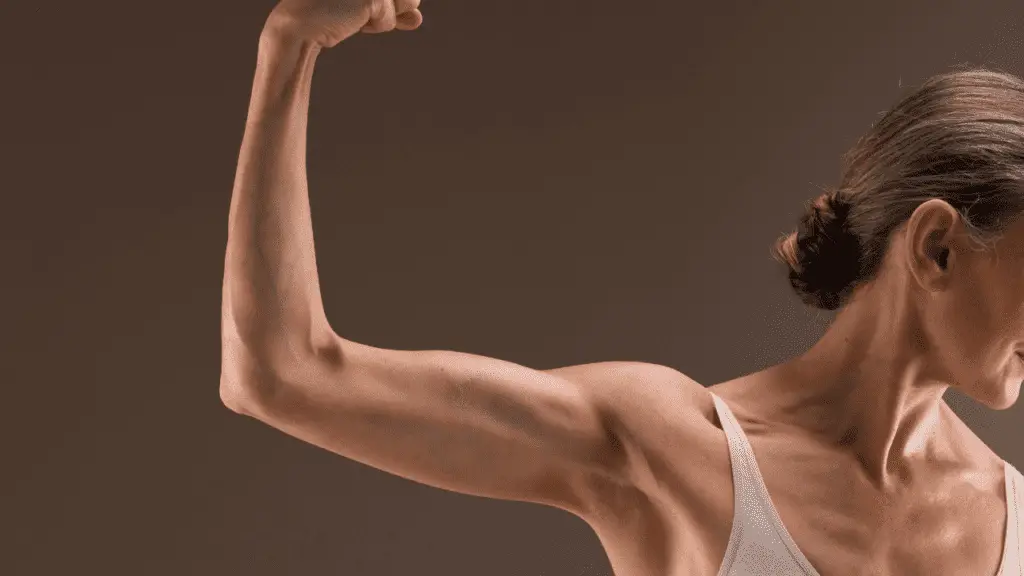
An increase in muscle mass helps you perform more strenuous work for more extended periods without feeling fatigued. Moreover, this also improves balance, coordination, and stability.
Even a light exercise such as stretching improves muscle health and helps them perform better and more efficiently.
Pain reduction:
Whenever you experience chronic pain, try this experiment. Instead of laying on the bed, try moving around or performing a light activity. You will instantly feel better and get acclimatized to the pain.
The reason behind this is pretty fascinating. Whenever you get injured or experience chronic pain, your body and mind enter a pain-signaling loop. You break that pain-signaling loop if you start doing any physical work, thus effectively reducing pain.

But, do not start any strenuous or heavy exercise, as that might make things worse. If you feel more pain while performing any low-impact activity, take a break and wait until you feel better.
Regular physical activity also reduces the threshold for pain, making your body more resistive and enduring. Moreover, some of the advantages of continuous movement deal with several sources that can cause body aches. For instance, regular physical activity reduces the risk, duration, and intensity of back pain, especially those with sciatica.
Better mental health:
You might wonder how and why your mental health and physical activity are connected. Some scientists also wondered the same thing a few years back and dug deep to find the connection.
Now, there is enough scientific evidence to say conclusively that movement and exercise improve your mental health. Whenever you perform any physical work, your body stimulates your brain to release a group of chemicals called endorphins.
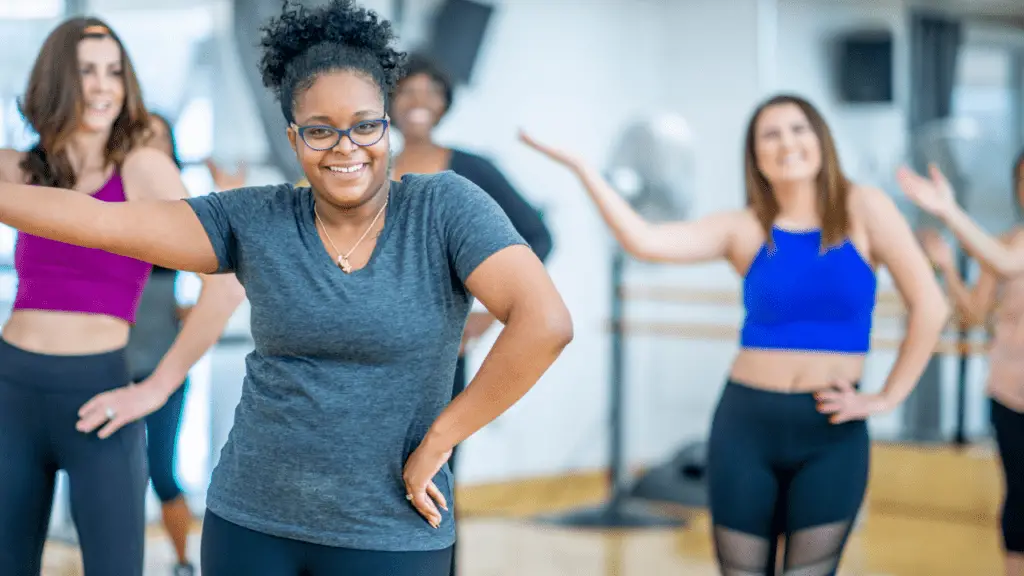
These endorphins induce a sense of happiness, satisfaction, calm, and well-being. Endorphins also increase pain resistance and boost your immune system, enhancing physical and mental health.
Under normal circumstances, your brain starts to lose cognitive function with age. Movement and exercise delay this process and pay dividends to your brain. And to top it all, physical activity has also been found to improve self-esteem and reduce social withdrawal.
No wonder people feel mentally fresh, even though they're physically drained, even after a strenuous workout session. According to studies, staying physically active increases a child's class grade by 10-15 percent. In working men, exercise increases their productivity by almost 15 percent.
Increased life expectancy:
You're bound to have a better life expectancy because of regular physical exercise and movement. It is also scientifically proven that regular physical activity significantly reduces the risk of dying early.
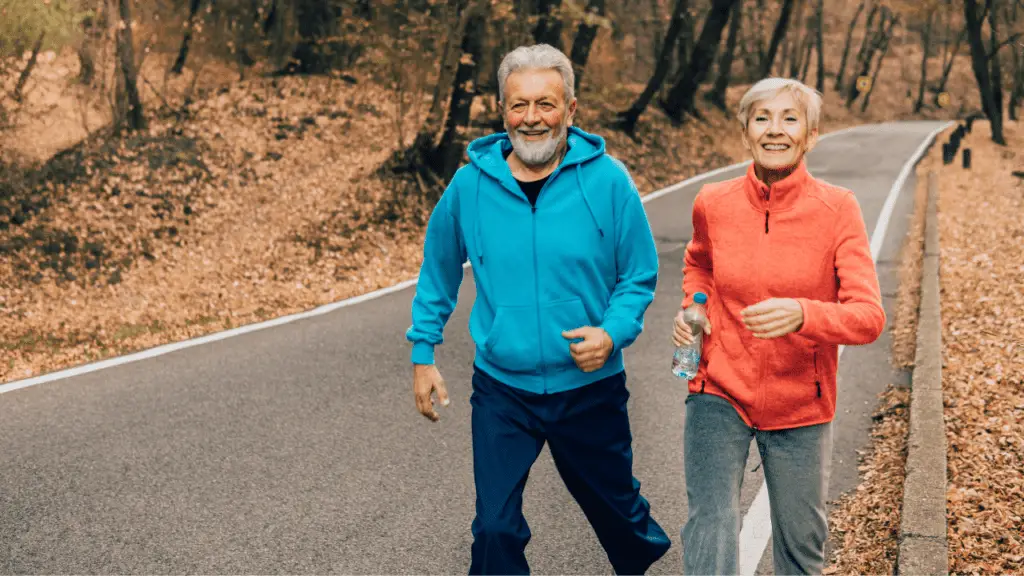
People who perform physical activities for about 150 minutes each week have a 33 percent less chance of all-cause mortality. The percentage difference is highly noticeable in the cases of leading causes of death, such as cancer and heart diseases.
And the perfect thing is, you don't have to do too much strenuous work to increase your life expectancy. You can even perform moderate to slightly vigorous exercises and activities, and you'll improve your chances of living longer.
Consequences of Physical Inactivity
We discussed the physical and mental benefits of exercise. Yes, exercise and physical activities have a significant impact on our health. But physical inactivity is equally worse, if not more.
According to countries like America and Canada, staying put and not moving around much can end up being catastrophic. Let's see how:
Depression:
Remember the endorphins released after exercising that we talked discussed earlier? That plays a vital role in the onset of depression in people who aren't physically active.

When the blood of patients suffering from depression was analyzed, their endorphin levels were severely low. Hence, little or no movement has a detrimental effect on your mental health and can cause depression.
Obesity:
One of the most familiar causes of obesity is a lack of physical activities and exercise. If you burn as many calories as you consume, you're able to maintain your weight.

If your caloric intake surpasses the amount you're burning, you start to gain weight and become obese. Obesity can further cause severe complications for you.
Poor sleep:
People who exercise markedly deplete their energy levels more often. Hence, their body feels the need for a good rest, which improves their sleep quality.
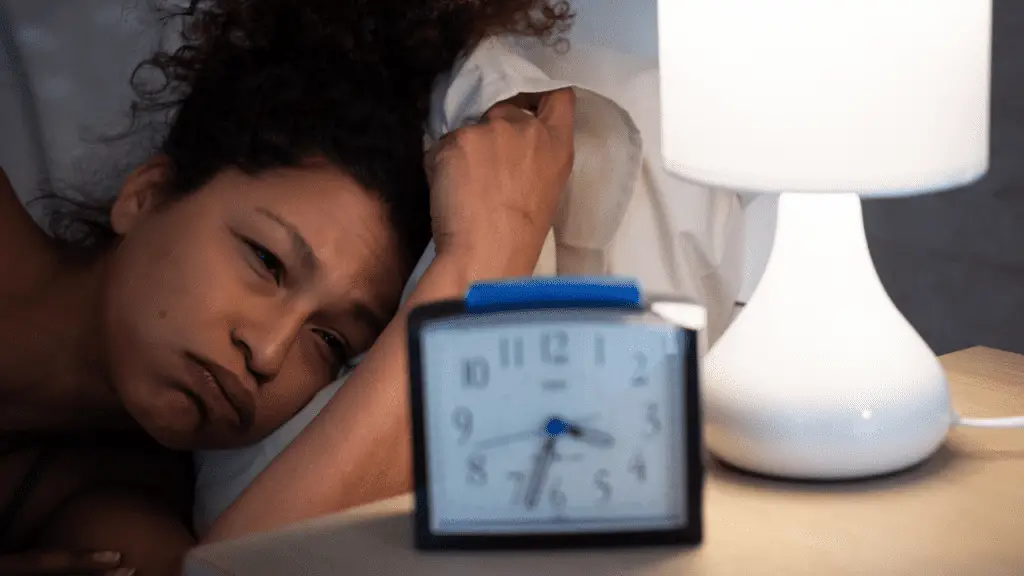
People who follow a sedentary lifestyle complain about poor sleep, whether quality or quantity. In return, disturbed sleep patterns can affect numerous body functions.
Loss of flexibility:
Muscles can shrink in size and become relatively inactive when they're not in use. The muscles affected most by a sedentary lifestyle are the glutes, abs, and lower back muscles.

Moreover, decreased blood supply to these muscles makes things even worse. The overall effect is loss of flexibility and functional limitation to perform everyday activities.
How to Incorporate Physical Activity Into Your Life
Even if you've been living a sedentary lifestyle as of late, you can still change that.
The most challenging part is finding the motivation to overcome the obstacles and incorporate physical activity into your sedentary lifestyle. For instance, some people think it's too hard for them to find the time to do any physical activity.
The best strategy to overcome this is to take out at least 3-4 30 minute slots each week. Or, you can perform any light activity for 15 minutes in the middle of each day.
Other people don't have a partner to accompany them. We get how hard it becomes for a person to perform physical activities without a partner long-term. For this purpose, we suggest you either make some physically active friends or join different groups. The YMCA or a hiking club are some great options if you're interested.

Another critical factor that crushes people's motivation is little or no interest in a specific physical activity. For example, numerous people join the gym every New Year, only to leave after a month or two.
Hence, if you want to incorporate physical activity into your life, start with something you love. Some people love nature and love the idea of an early morning walk in the park. Or, the idea of playing soccer in the evening might fascinate others.
Here are some helpful tips that can get you moving with the least of effort:
● Walking up or down the stairs instead of the escalator or elevator.
● Attend phone and conference calls while walking.
● Don't stand still while performing daily routine tasks such as brushing your teeth.
● You could walk or jog on a treadmill while watching the tv.
● Don't park right in front of the store. Park further away, which allows you to get in more steps.
● If none of these are possible, set your alarm every hour and get up and move or walk for a few minutes.
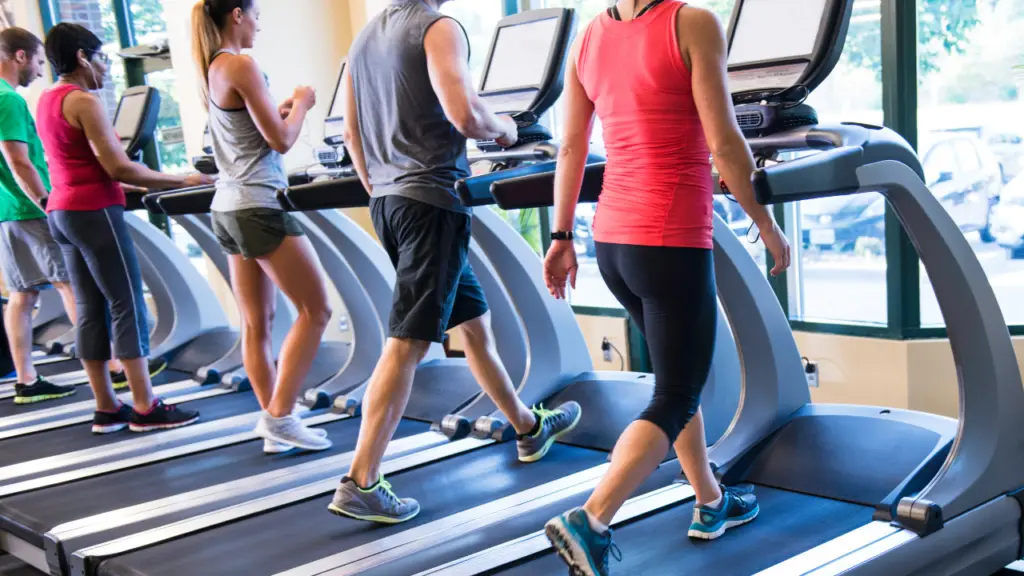
Final Thoughts
Movement is as important as your daily diet for a healthy body and mind. It isn't just restricted to a particular age group either.
Everyone needs to change their lifestyle from children to adults and the elderly if they're not moving daily.
So, start those morning walks, even if you don't need to lose weight. If you're not an exercise-fanatic, begin with small steps and gradually build up your daily physical movement.
You've got this, my friend!

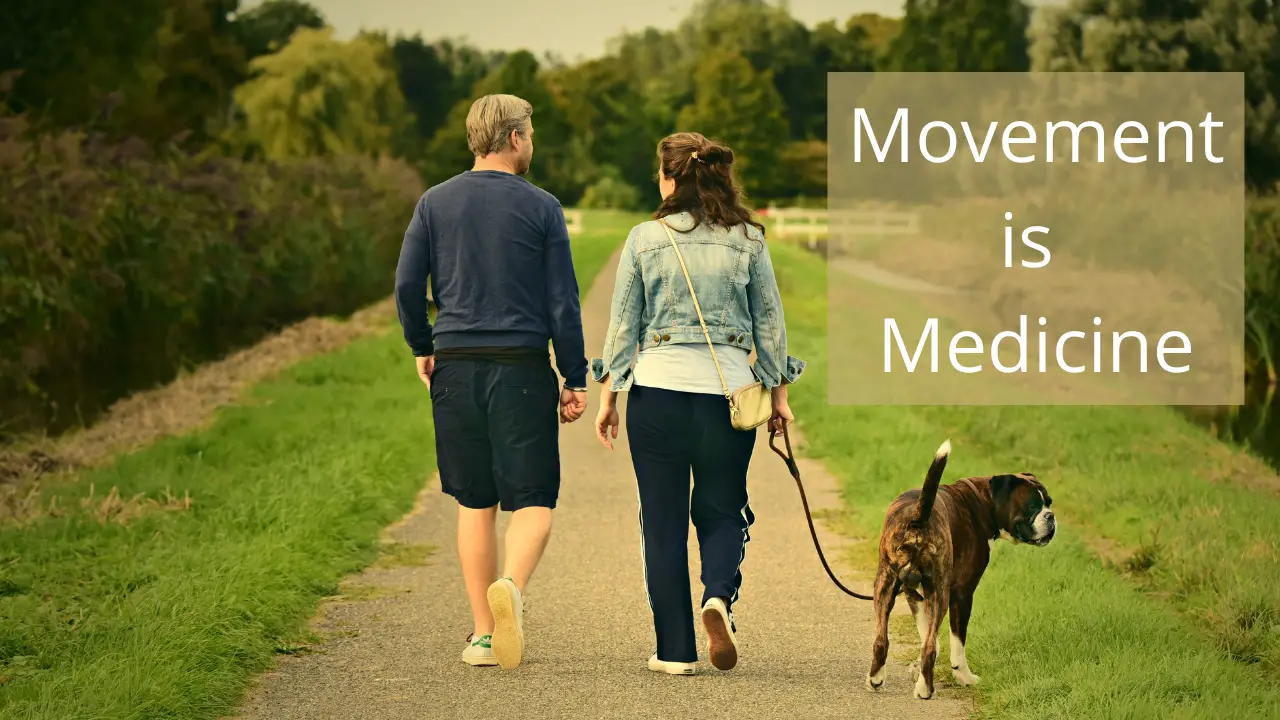




1 thought on “Movement is Medicine”
Comments are closed.